SYMPTOMS
Abnormal Breathing in Dogs - Understanding Your Dog’s Breathing Sounds
페이지 정보
본문
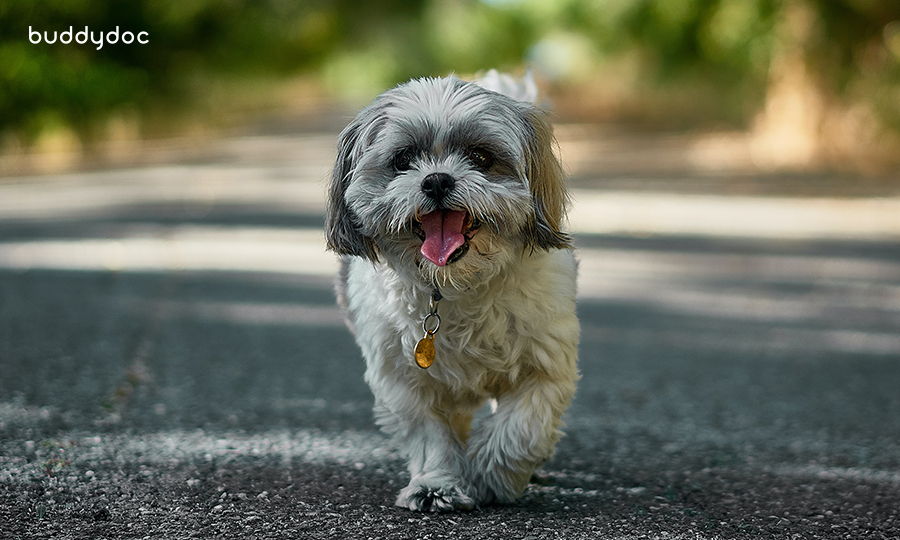
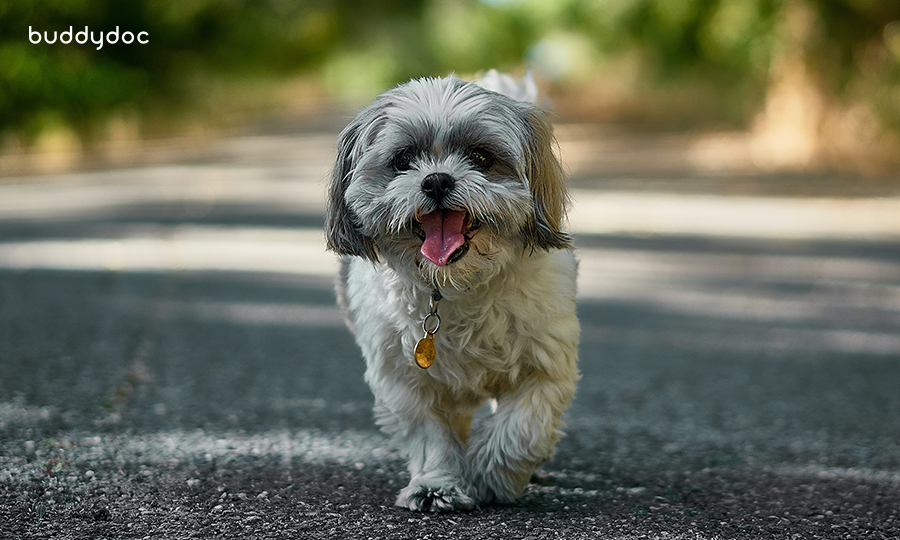
What are abnormal breathing sounds in dogs?
Owners can easily notice when their dog is making unusual sounds while breathing. These abnormal breath sounds are typically categorized as either snoring or wheezing. Snoring refers to the sound produced during inhalation, while wheezing indicates a high-pitched noise due to some obstruction. These atypical breathing sounds are typically caused by issues within the upper respiratory tract, such as the nasal passages, larynx, and airway. They tend to occur more frequently in brachycephalic breeds.
Common causes of abnormal breathing in dogs
There are various causes for abnormal sounds, such as snoring and wheezing, in dogs. These sounds can be attributed to congenital narrowness or abnormalities in the respiratory tract, as well as acquired diseases or trauma. The following list describes the different causes of abnormal breathing noises depending on the location of the problem:
-
Nostrils and nasal cavities
- Tumor
- Foreign matter
- Narrow nostrils (Stenotic nares)
- Chronic diseases such as rhinitis
-
Nasopharynx
- Tumor
- Foreign matter
- Nasopharyngeal stenosis
- Polyp
-
Pharynx
- Tumor
- Tonsil prolapse
- Posterior pharyngeal lymphadenopathy
- Soft palate
-
Larynx
- Tumor
- Laryngeal paralysis
- Laryngeal collapse
- Everted laryngeal saccule
-
Trachea
- Tracheal collapse
- Tracheal stenosis
- Foreign matter
Symptoms that can accompany abnormal breathing sounds in dogs
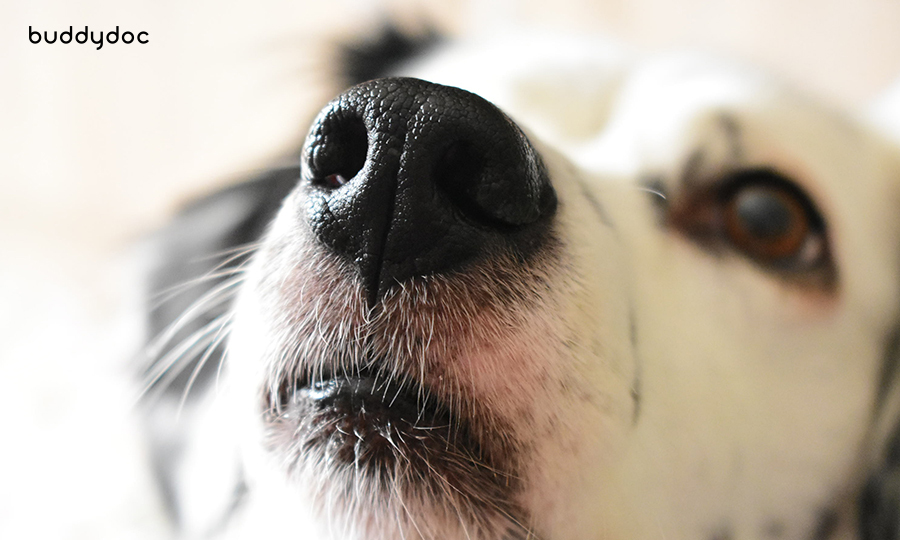
Abnormal breathing in dogs can be accompanied by the following symptoms.
- Difficulty breathing
- Mouth breathing
- Nasal discharge
- Coughing
- Symptoms of nausea
- Exercise intolerance
- Signs of cyanosis (bluish-pale gums or tongue)
Risk of abnormal breathing sounds in dogs and when to see a vet
Abnormal breathing sounds in dogs can indicate an issue within the upper respiratory tract. These respiratory problems tend to be more prevalent in brachycephalic breeds, including bulldogs, Shih Tzus, Pekingese, and pugs, which are susceptible to brachycephalic syndrome. Conversely, larger breeds like retrievers may experience acquired laryngeal paralysis. If your dog is having breathing difficulties accompanied by signs of cyanosis, this warrants an emergency visit. It is recommended to visit the veterinarian for a check-up if you suspect any breathing issues in your dog.
The following conditions can make breathing more difficult:
- High temperature
- Excessive exercise
- Anxiety or overexcitement
- Increased metabolism in the body due to hyperthyroidism or infection
- Respiratory disease or heart disease
Home treatment for abnormal breathing sounds in dogs
To address abnormal breathing noises in dogs, it is crucial to prioritize improving your dog’s environmental factors. Take note of anything that can make breathing difficult and remove them from their environment. Ensure that the environment is not excessively hot or dry, and it is advisable to avoid excessive exercise. If you notice abnormal breathing sounds when your dog is excited or anxious, it is best to avoid situations that may cause overexcitement or anxiety, such as visits from unfamiliar people.
Diagnosing abnormal breathing sounds in dogs
When you visit the hospital for abnormal breathing noises in your dog, a veterinarian will begin by conducting a thorough interview to gather as much relevant information as possible. During this interview, you will be asked about various details, including the timing of your dog's symptoms, any signs of reduced exercise such as walking difficulties, a description of the noises your dog makes when breathing in and out, as well as your dog's medical history. Using the information you provide, the following tests will be considered to diagnose the cause of the abnormal noises.
-
Auscultation
The dog's breathing sound is checked directly through the stethoscope.
-
Chest radiation
A chest radiograph can check for narrowing of the airways or other respiratory problems.
-
CT scan
A CT scan after anesthesia can more accurately determine if there are tumors or other factors causing breathing problems.
-
Laryngoscope
After anesthesia, a laryngoscope can be used to check for narrowing or collapse of the upper respiratory tract.
Treating abnormal breathing sounds in dogs
Depending on your dog's condition and the cause of abnormal breathing sounds, the following medications or surgical interventions may be considered.
-
Anti-inflammatory drugs
An inflammatory response can occur when the bronchi are irritated by persistent breathing problems. Anti-inflammatory medications may be prescribed to relieve this.
-
Bronchodilators
When your dog’s bronchi are inflamed, bronchodilators may be prescribed to help your dog breathe easier.
-
Tracheal stent insertion
If tracheal collapse is identified and is severe, surgery to place a stent in the dog may be considered.
Preventing abnormal breathing sounds in dogs
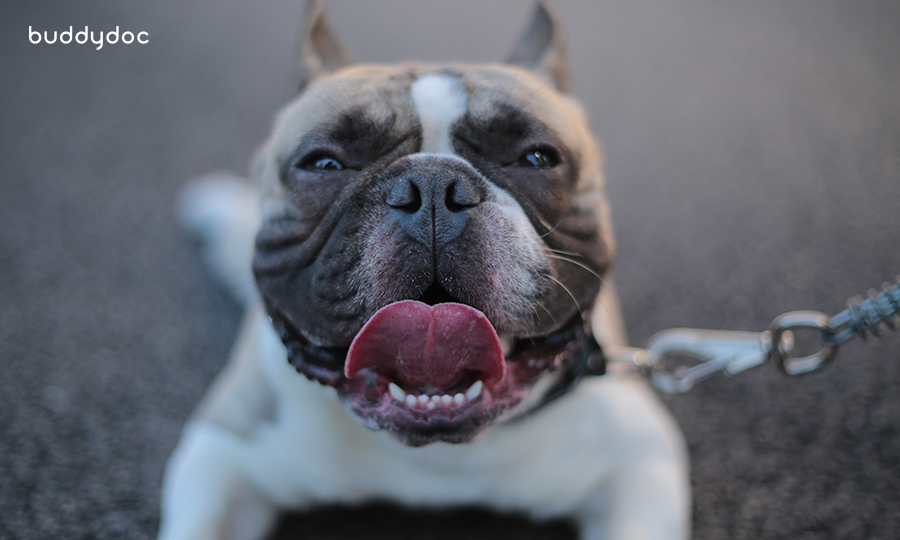
There aren't specific preventive methods available for addressing abnormal breathing sounds in dogs. However, when it comes to genetic upper respiratory abnormalities caused by breed factors, it becomes crucial to seek an accurate diagnosis and proper management in a hospital setting as soon as possible.
Find out more about your dog’s symptoms and diseases on the Buddydoc app!
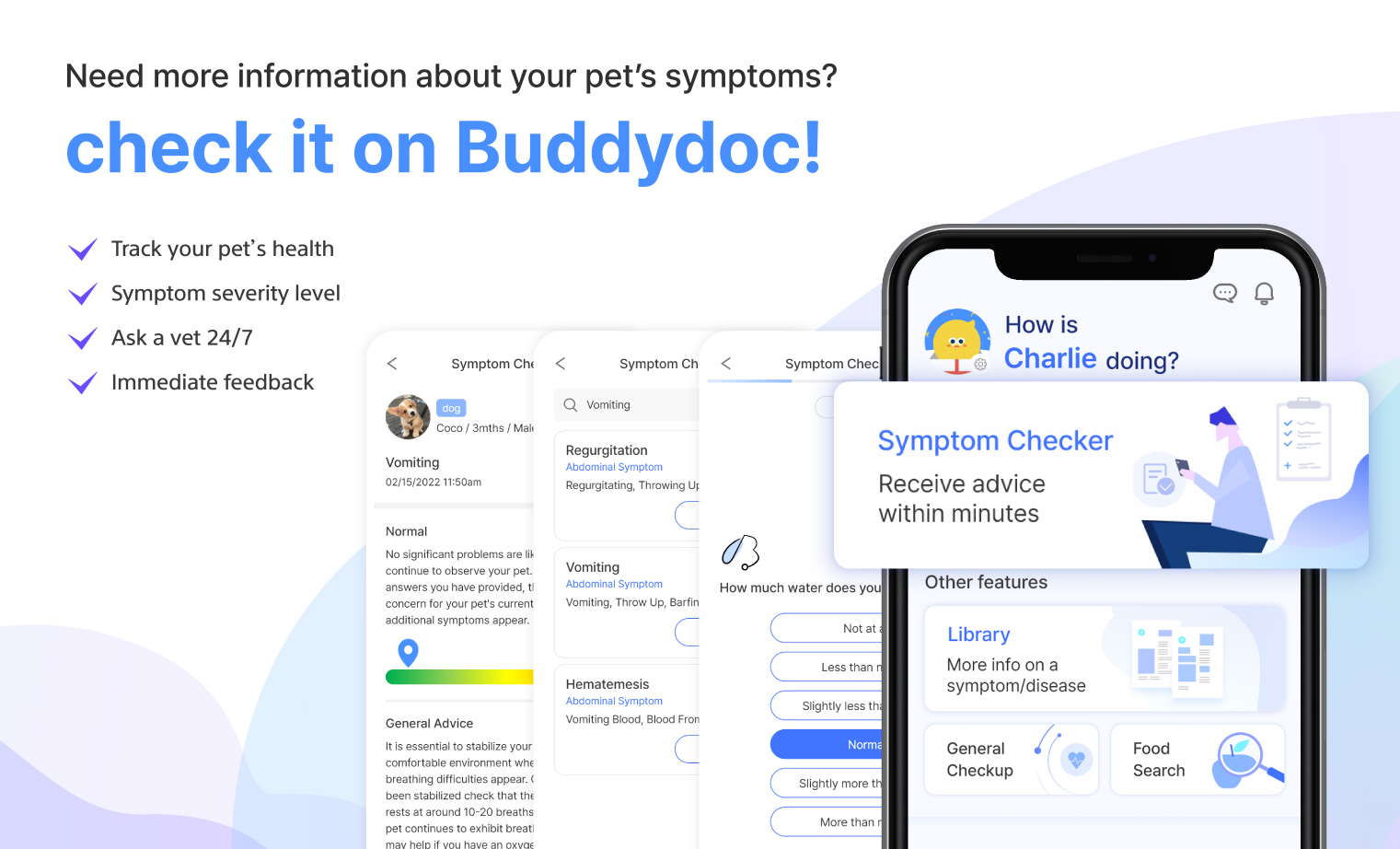
The Buddydoc library is filled with everything you’d want to know about each symptom and disease your pet may experience. If you would like to find out more about the causes, signs, treatments, preventions, and more for your dog’s disease. Try out the Buddydoc app and search for your pet’s symptoms or diseases in the Buddydoc library.













